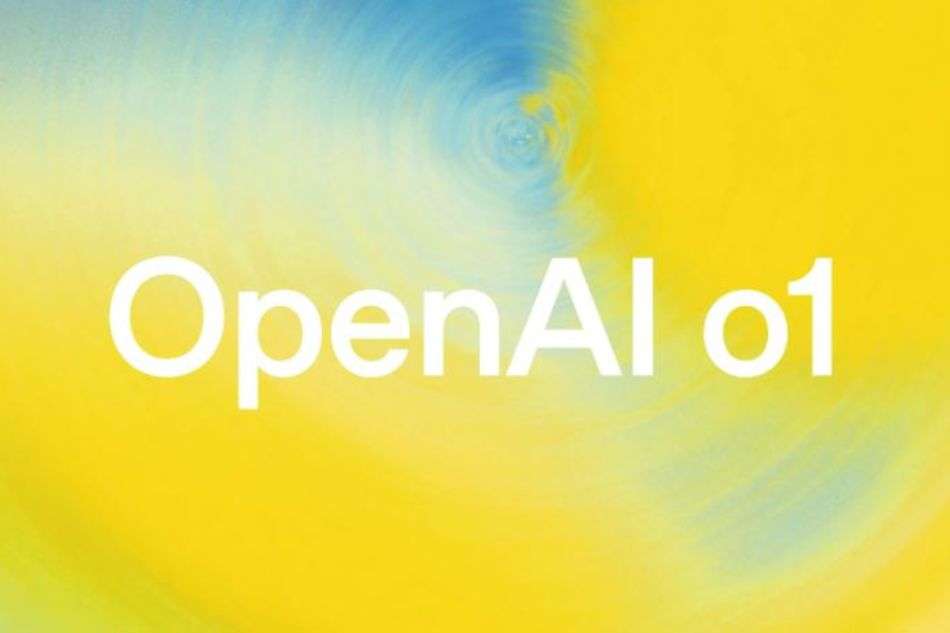A Comprehensive Exploration of GPT-o1 Model from OpenAI

Advancements in artificial intelligence (AI) are moving extremely fast fueled by increasing funding, adoption, media attention and processing capabilities. Among the leaders in this field, OpenAI has established a reputation for innovation and excellence, by always being a step ahead of the competition. The recent introduction of the GPT-o1 model, previously known as Project Strawberry which been teasing since early summer, marks a significant leap forward in AI reasoning capabilities. This article highlights what makes GPT-o1 model unique by exploring its features, specifications, applications, challenges, and future implications.
Key Points
- OpenAI’s GPT-o1 model prioritizes reasoning over scale, showing promise in complex tasks but with limitations in speed and cost.
- Early assessments suggest improvements are less groundbreaking than anticipated, despite potential in various fields.
- The model’s multi-step reasoning capability, similar to human thought processes, sets it apart.
- OpenAI aims to integrate GPT-o1’s advancements into future models, indicating its significance in AI development.
- Ethical considerations and performance drawbacks remain challenges alongside the model’s potential.
Understanding the GPT-o1 Model
Background and Development
The GPT-o1 model’s roots trace back to OpenAI’s quest for an AI that can reason deeply and effectively. This model embodies a critical evolution from the scaling paradigm, emphasizing the need for AI systems to possess logical reasoning skills rather than merely relying on expansive datasets. Data is considered the new oil but getting quality data, ethically and responsible is becoming a very expensive, tricky endeavor. Potential lawsuits, new regulations and increasing competition between AI start ups and tech giants such as Google and Meta, whom control the data.
Transition from scale to reasoning
With the launch of the GPT-o1, OpenAI has showcased a shift from merely scaling AI models to enhancing their reasoning capabilities. Unlike its predecessor, GPT-4o, which focused heavily on increasing size, GPT-o1 employs multi-step reasoning to tackle complex challenges. This approach positions the o1 model to address intricate problems that traditional large language models often struggle to solve.
Complete guide for reasoning and prompting the GPT-o1 model can be found here.
Technical Specifications of GPT-o1
Model Variants
The GPT-o1 family includes several variants: GPT-o1, GPT-o1-preview, and GPT-o1-mini. Each variant caters to different use cases, balancing performance and affordability. The o1-preview variant, for instance, offers enhanced capabilities compared to GPT-4o, particularly in reasoning-heavy tasks.
Performance Metrics
Performance analytics reveal the GPT-o1 model’s superiority in handling complex benchmarks. For example, in mathematical reasoning tasks, GPT-o1 significantly outperformed its predecessor by achieving an average accuracy rate of 83% on the American Invitational Mathematics Examination (AIME), compared to only 12% for GPT-4o .
Mechanisms of Reasoning
How GPT-o1 Thinks
The fundamental innovation of the GPT-o1 model lies in its ability to engage in multi-step reasoning. This capability enables it to break down complex problems and approach them methodically, akin to a human thought process. For instance, considering a mathematical riddle, GPT-o1 delineates its reasoning steps before converging on the solution.
Reinforcement Learning Techniques
OpenAI has harnessed reinforcement learning to refine the reasoning process of GPT-o1. This method involves providing the model with feedback—rewarding correct responses and penalizing inaccurate ones. Such training enhances the model’s ability to think critically and improves its problem-solving strategies.
Real-World Applications and Use Cases
Industries Poised to Benefit from GPT-o1
The implications of GPT-o1 extend across various sectors. In healthcare, it can efficiently analyze complex medical data. Similarly, physicists can utilize it to formulate advanced equations necessary for quantum optics. The versatility of GPT-o1 allows it to enhance productivity in coding and project management, amongst many other fields.
Case Studies
Beta testers of GPT-o1 have reported substantial improvements in handling intricate tasks. For example, developers have noted that utilizing the o1 model significantly streamlines tasks involving automated code generation and debugging, showcasing the model’s practical impact in real-world scenarios .
Challenges and Limitations
Performance Drawbacks
Despite its advancements, GPT-o1 is not without limitations. One notable drawback is its slower processing speed compared to GPT-4o, which can hinder performance in real-time applications. In specific domains, such as graphics processing or web browsing, GPT-o1 still lags behind its predecessor, necessitating further development.
Ethical Considerations
As AI models gain reasoning capabilities, ethical implications emerge. Questions regarding the decision-making power of AI systems pose challenges in ensuring transparency and interpretability. The need for robust ethical frameworks becomes paramount as AI continues to evolve and integrates into various functions affecting lives and industries .
Future of AI with GPT-o1
Insights from AI Experts
Leading figures in AI have expressed optimism regarding the implications of GPT-o1. Experts note that enhancing reasoning capabilities could lead to more sophisticated applications of AI technology, opening pathways for further innovation and development .
Critique of the AI Model:
While OpenAI touts its o1 models as a significant advancement in AI reasoning, early assessments offer a more tempered perspective. Experts like Terence Tao and Ravid Shwartz Ziv, NYU Professor, while acknowledging improvements, note that the gains are not as substantial as anticipated. Tao found o1 struggles with advanced mathematical tasks, requiring significant guidance. Similarly, Ziv observed the improvements to be limited to specific problem types rather than across-the-board. Additionally, the model’s slower speed and higher cost compared to GPT-4o, coupled with its tendency to “overthink” simpler queries, present practical limitations to its widespread adoption.
Future Developments
Looking ahead, OpenAI aims to integrate the reasoning technologies of GPT-o1 models into upcoming upgrades, including the anticipated GPT-5. By merging scaling and reasoning paradigms, OpenAI is poised to continue its trajectory of transforming the AI landscape .
Conclusion
The launch of the GPT-o1 model signifies a pivotal step in the evolution of artificial intelligence. With its advanced reasoning capabilities, it presents new opportunities for enhanced productivity and innovative applications across diverse fields. As we continue to embrace these advancements, it is essential to navigate the ethical landscapes that accompany AI’s integration into our lives. I encourage all entrepreneurs, business owners, and AI enthusiasts to engage with this technology and explore its potential to revolutionize the way we approach complex problem-solving.




